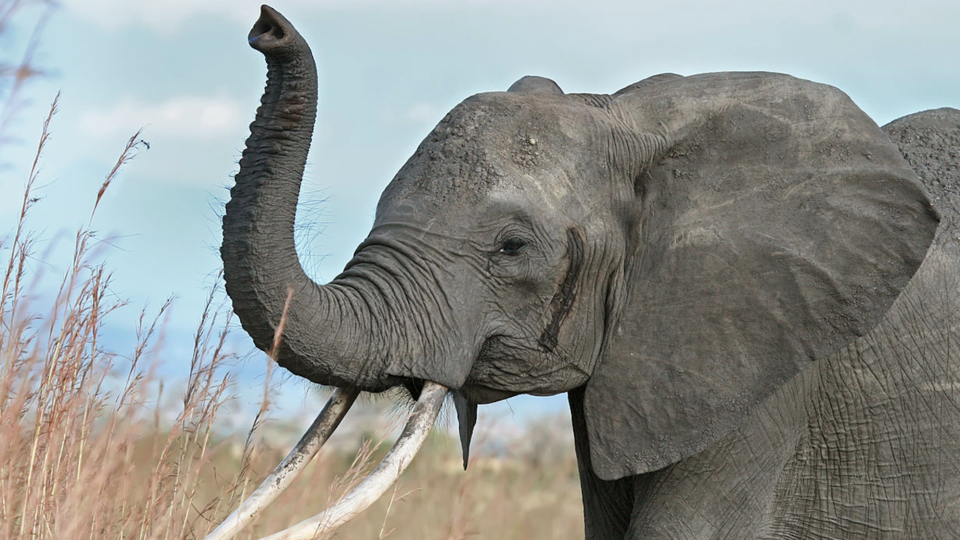Science News
Save the Elephants

Welcome to Wildlife Wednesdays! For the next several weeks, we’ll feature wildlife studies and conservation stories. Many of the reports were gathered from the annual Wildlife Conservation Expo hosted by the Wildlife Conservation Network (WCN), an organization that supports in-country conservationists all over the globe.
Today we’ll look at African elephants. Science Today reported on their plight in August after a Proceedings of the National Academy of Sciences study described their sharp decline due to poaching for their ivory tusks.
Frank Pope of Save the Elephants started with this bold statistic at the Expo: “100,000 elephants were killed in Africa between 2010 and 2011. Without international action, we stand to lose elephants in the wild within a generation. We can stop this but we need everyone.”
Pope and his father-in-law and Save the Elephants co-founder, Iain Douglas-Hamilton, live and work in the Samburu National Reserve in Kenya. The Samburu tribal people have such a deep respect and cultural connection to the large mammals, Pope described, that “the conservation of the elephants is all about the people that share the landscape with these animals.”
Elephants are keystone species in their ecosystems. Pope describes research that shows how the elephant decline is changing the structure of the forest, throwing its balance out of whack because certain seeds are only dispersed by elephants. Yet protected areas like reserves are being decimated by poachers throughout Africa. Ivory commands a price that leads to “industrial level poaching,” says Pope. In fact, 67% of the elephant population has been lost in the last four years.
Pope says that it’s easy to vilify the poachers in this situation, but in fact, behind the poachers are the traffickers, who are making the real money. While ivory goes for $110 per kilogram in Africa, Pope says, it fetches $2,100 per kilogram in China.
Save the Elephants’ Resson Kantai, a Samburu tribal member who studied at Oxford thanks to WCN, went to five major cities in China to spread the news about the plight of the elephants. She shared with her audiences that for Kenyans, elephants represent national pride, steady the backbone of their economy, and manage their landscape. But her main message to the Chinese people: join the growing force of Chinese who want to stop poaching.
Kantai says that the Chinese middle class youth embraced them and their message, and that as outsiders, we have to stop pointing fingers at the entire nation. “It’s only the newly-rich, the 1% of the Chinese population,” that are buying ivory as an investment and driving the prices that encourage poaching. “These are people we need to reach to save the elephants,” she says. They’ve enlisted the help of former NBA star Yao Ming and a famous Chinese actress to run ads in China against ivory and are pushing for a domestic ban on ivory within the country.
Anti-poaching is a major effort, but Pope, Kantai and Douglas-Hamilton, who received a standing ovation at the Expo, agreed there is hope for the elephants. Globally, nations are reducing demand; many African countries are toughening poaching laws; NGOs like Save the Elephants are getting more funding for guards and aerial patrols to catch poachers; and in places like Samburu, elephant births are once again beginning to exceed their deaths. “This is not the first time we’ve had an elephant crisis,” Douglas-Hamilton says. “We beat the previous crisis in the late 1980s. And it’s hard to see it again, but we can beat it again.”
Image: Muhammad Mahdi Karim/Wikipedia